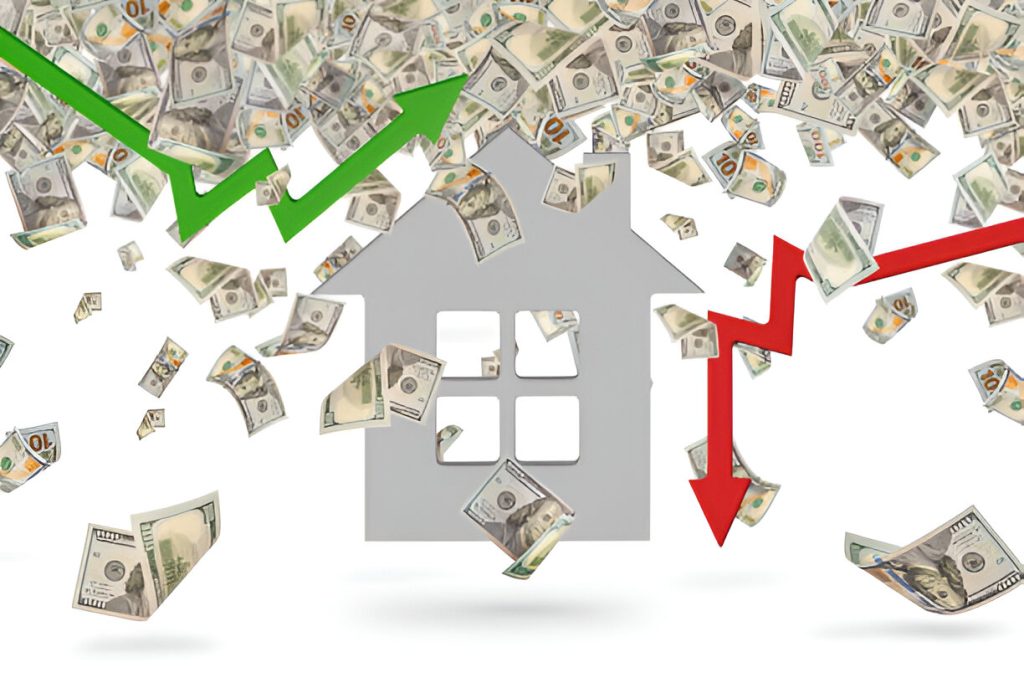Mortgage rates refer to the interest rates that lenders apply on home loans. They help determine how much interest borrowers will have to pay in relation to the lifetime of the mortgage, which affects the cost of owning a home. Reduced mortgage costs reflect cheaper monthly rates and less interest paid, thus making homes easily affordable.
Mortgage rates in the United States in 2024 are the lowest they have been in years, which has attracted considerable attention from people interested in buying homes and refinancing. These lower interest rates for mortgages have implications for the housing sector and the general economy. Understanding the socioeconomic effects of these trends is a key reason why universities are increasingly offering courses in public policy and the humanities.
Let’s examine why these rates are declining and what this trend implies for anyone considering purchasing a home or refinancing a mortgage in 2024.
Factors Influencing Mortgage Rates
As mortgage rates fell further in the U.S. in 2024, many factors came into play. These factors included economic factors, Federal Reserve actions, inflation, and other related factors. Here is how some of these factors affect potential homebuyers’ ability to own a home.
Uncertain Economic Conditions
The U.S. economy has an overall influence on mortgage rates. There are indications that growth has occurred in some areas, but at the same time, there is stagnation in some sectors. This means that due to prevailing economic hurdles, only nominal investors are willing to invest in certain securities like government bonds. When there is increased demand for bonds, the yield on these bonds falls, which in turn implies lower mortgage rates.
Fed’s Influence on Rates
The Federal Reserve, commonly known as the Fed, is the central banking system of the United States of America. It affects mortgage rates by determining the federal funds rate, which is the rate at which banks borrow funds from other banks for a period of one day. Even though the Fed does not dictate the mortgage rates in the market, it does exert an impact on these rates. Mortgage rates have been lowered by keeping the interest rates low throughout the year with the objective of promoting economic growth and avoiding any slowdowns. Understanding how interest rates affect loans can help homeowners choose the best time to finance repairs affordably.
Stable Inflation Trends
Inflation refers to the speed at which prices for consumer goods and services increase. High inflation leads to lenders seeking to be paid relatively higher interest rates as the value of money over time is eroded. Inflation has remained moderate, thus enabling the mortgage to also be maintained at low levels. By influencing the inflation rate through monetary policy, the Fed has been instrumental in maintaining low rates.
Global Events
Variability in the macro environment, for instance, through shifts in geopolitics, infectious diseases, or economic downturns, may introduce risk into financial markets. As of 2024, some significant factors that would have forced investors to look for safer investments include trade tensions and economic contraction in key economies. This change in market sentiment has also pulled down interest rates on U.S. government bonds, which are correlated with mortgage rates, to bring down mortgage rates.
Impact of Low Mortgage Rates on the Housing Market
The downward trend of mortgage rates has influenced the US housing market in a big way. At lower rates, it becomes cheaper for buyers who need financing for their homes, and hence, there will be a higher demand for homes. These changes in demand could benefit and distress the market.
Increased Demand For Customized Units
Purchasing a dream home is not easy when prices are skyrocketing, as one ends up buying a standard unit with minimal fittings. However, when home loans become affordable, it is easier to take up a larger facility for a dream home with all the best features.
The most noticeable impact of low mortgage rates is an upswing in demand for modern home designs. Since they are affordable, the buyer can request the developer to have the house fitted with completely customized kitchen cabinets, quality bathroom fittings, and other interior vanities that suit their comfort and taste. Existing homeowners can also take up mortgage refinancing to upgrade their houses by redesigning and installing superior-quality fittings.
Rising Home Prices
While lower mortgage rates make it easy and cheap for buyers, they also have the disadvantage of increasing home prices in the long run. With large numbers of people entering the market, more people are available to buy homes, driving the price higher.
There are some locations where the increased demand for homes has overwhelmed supply, with the result of much higher bidding prices for the homes than the original listing price. On the part of the buyers, it implies that while they are in a position to enjoy lower interest rates, they are also able to pay dearly for their homes.






